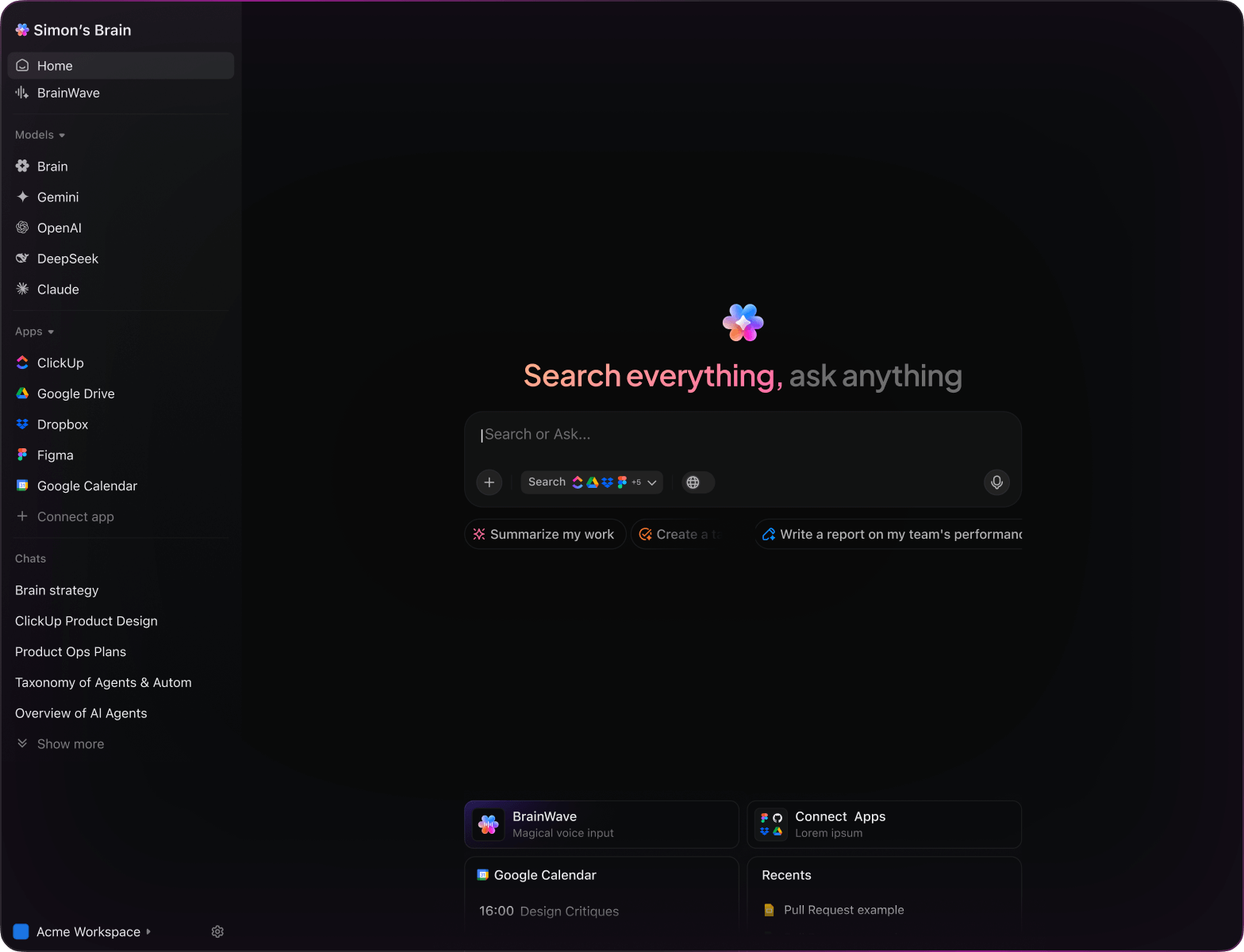AI Coding Assistant
Top AI Prompts for Coding with ClickUp Brain
Accelerate your development process, organize code tasks effortlessly, and elevate your software projects using ClickUp Brain's AI-powered coding prompts.
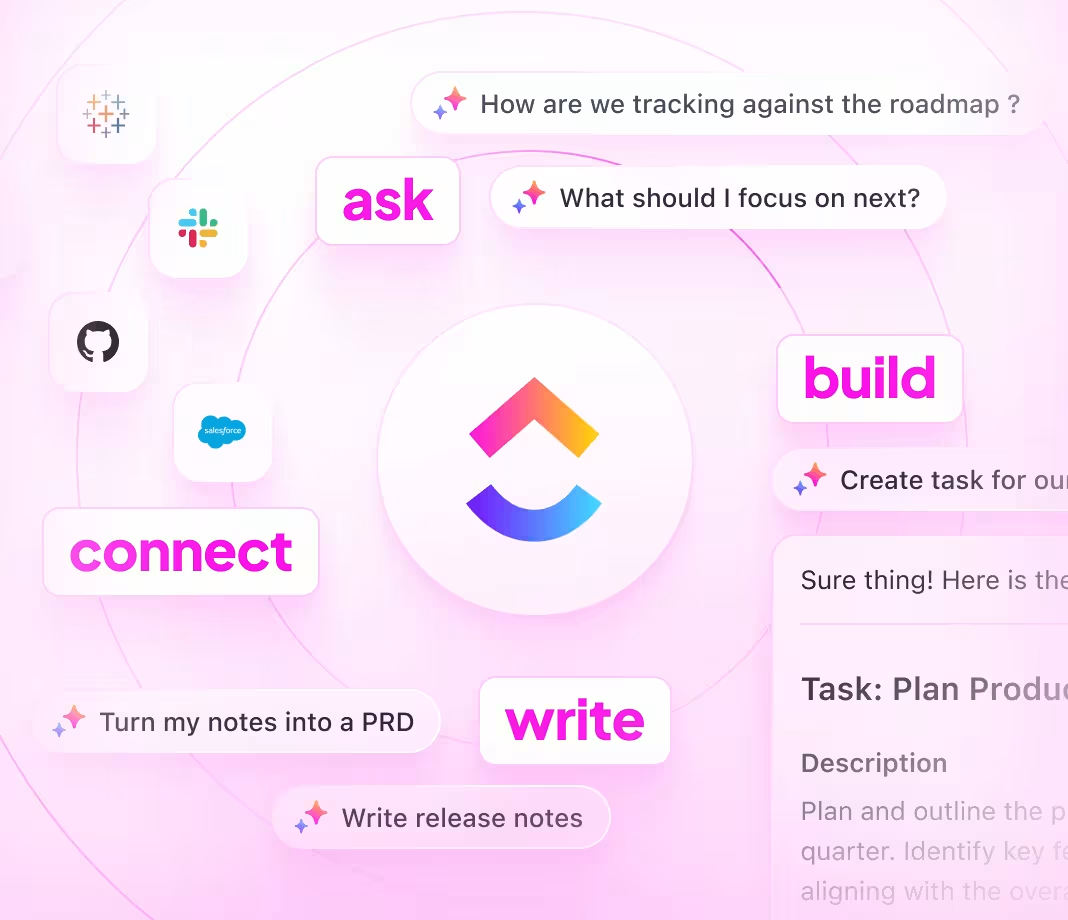
Trusted by the world’s leading businesses
AI in Software Development
Revolutionizing Coding Workflows with AI Prompts
Building robust software isn’t only about writing code—it’s about managing complex processes behind the scenes.
From initial planning and architecture design to debugging and deployment, software development involves numerous moving parts—and countless files, versions, and deadlines. That’s where AI prompts are making a real difference.
Developers and teams now leverage AI to:
- Quickly identify relevant code snippets and best practices
- Generate function templates, comments, and test cases with minimal input
- Summarize lengthy documentation and bug reports
- Transform scattered notes into clear task lists, code reviews, or sprint backlogs
Integrated into daily tools like code editors, project boards, and documentation platforms, AI becomes more than a helper. In solutions like ClickUp Brain, it operates seamlessly to convert your coding ideas into structured, actionable projects.
ClickUp Brain Compared to Conventional AI
Why ClickUp Brain Stands Apart
ClickUp Brain integrates seamlessly, understands your coding context, and acts instantly—saving you from repetitive explanations and delays.
Standard AI Assistants
- Constantly toggling between apps to collect project details
- Repeating your coding objectives with every query
- Receiving generic, irrelevant suggestions
- Hunting through multiple platforms for a single snippet
- Interacting with AI that only responds passively
- Manually switching between different AI engines
- Merely another add-on in your browser
ClickUp Brain
- Deeply connected to your codebase, tasks, and team communications
- Remembers your development history and project aims
- Provides insightful, context-driven coding advice
- Searches across all your resources instantly
- Supports hands-free coding with voice commands
- Automatically selects the optimal AI model: GPT, Claude, Gemini
- Dedicated desktop app for Mac & Windows designed for efficiency
Coding Workflow Prompts
15 Essential AI Prompts for Coding with ClickUp Brain
Accelerate software development—planning, debugging, and collaboration simplified.

List 5 backend architecture patterns suitable for a scalable web application, referencing the ‘Backend Architecture 2025’ doc.
ClickUp Brain Behavior: Analyzes linked documentation to identify and summarize common backend design approaches.

What frontend frameworks are gaining popularity among startups this year?
ClickUp Brain Behavior: Aggregates insights from internal trend reports; Brain Max can supplement with current public data if accessible.

Create a coding standards document based on the ‘Dev Team Guidelines’ and prior code review notes.
ClickUp Brain Behavior: Extracts key principles and formatting rules from linked files to generate a clear, structured guide.

Summarize performance metrics between Node.js and Python API implementations using the ‘API Performance Q2’ doc.
ClickUp Brain Behavior: Pulls data tables and written analyses from internal reports to produce a concise comparison.

Identify leading security measures for authentication in web applications, referencing security audit notes and compliance docs.
ClickUp Brain Behavior: Scans internal documents to compile a list of recommended authentication safeguards and best practices.

From the ‘Test Coverage Validation’ doc, produce a detailed QA checklist for automated testing.
ClickUp Brain Behavior: Extracts testing criteria and formats them into an actionable checklist within a task or document.

Outline 3 emerging UI/UX trends in developer tools based on post-2023 user studies and tech reviews.
ClickUp Brain Behavior: Identifies recurring themes and insights from linked research materials.

From the ‘Developer Survey Q1’ doc, summarize top preferences for code editor functionalities.
ClickUp Brain Behavior: Analyzes survey data to pinpoint common feature requests and usability feedback.

Craft clear and user-friendly error messages for debugging screens, guided by the ‘ProductTone.pdf’ voice standards.
ClickUp Brain Behavior: References tone guidelines to suggest multiple message variations suitable for interface use.

Outline key changes in data privacy regulations for 2025 and their impact on app development workflows.
ClickUp Brain Behavior: Reviews internal compliance documents and highlights relevant legal updates; Brain Max can incorporate public sources if available.

Create placement and sizing standards for in-app notifications, referencing platform-specific design docs.
ClickUp Brain Behavior: Extracts spatial rules and best practices from internal guidelines to form a compliance checklist.

Develop a comprehensive security audit checklist based on OWASP 2025 guidelines and internal security reports.
ClickUp Brain Behavior: Identifies key audit points from readable documents and organizes them by risk category or system area.

Analyze code reuse and modularity approaches in React, Angular, and Vue using internal comparative studies.
ClickUp Brain Behavior: Summarizes documented differences and benefits into an easy-to-digest format (summary/table).

What new features and trends are shaping AI-assisted coding tools since 2023?
ClickUp Brain Behavior: Synthesizes insights from recent research notes, product reviews, and uploaded reports.

Extract and prioritize frequent issues reported by developers regarding IDE usability and debugging workflows.
ClickUp Brain Behavior: Analyzes survey responses, feedback tickets, and discussion threads to highlight key challenges.
Code Confidently with ClickUp Brain
Cut down on revisions, unify your developers, and produce superior code through AI-driven processes.





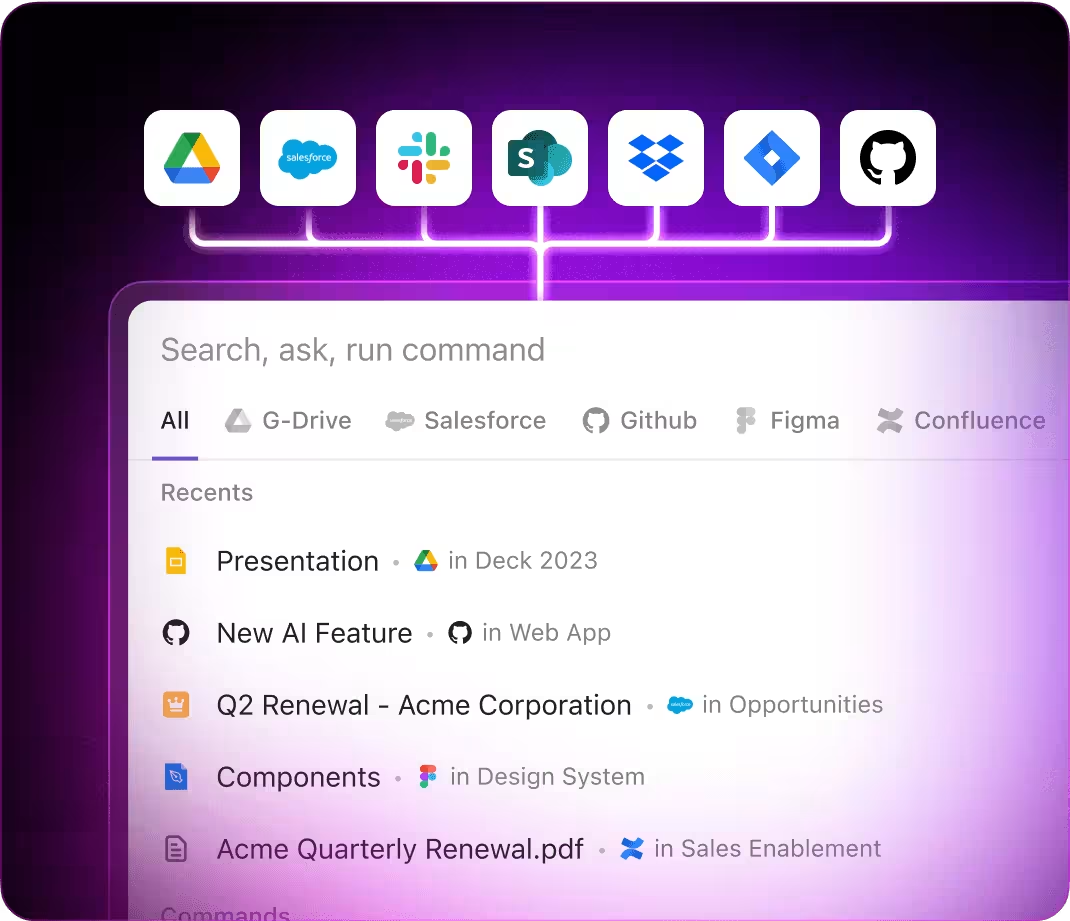
Coding with ClickUp Brain: Smarter AI Prompts for Developers
Discover how ChatGPT, Gemini, Perplexity, and ClickUp Brain enhance coding workflows
ChatGPT Coding Prompts
- Outline a 5-step plan to refactor legacy code focusing on performance and readability.
- Compose documentation snippets for a new API emphasizing security and ease of use.
- Generate 3 alternative algorithms for sorting large datasets and explain their time complexities.
- Draft a detailed workflow for integrating continuous integration in a microservices architecture.
- Compare the last 3 code review comments and summarize key improvement areas for the team.
Gemini Coding Prompts
- Propose 3 UI component designs for a developer dashboard based on user feedback.
- List innovative debugging techniques tailored for asynchronous JavaScript.
- Create a mood board description for a dark-themed code editor highlighting fonts, colors, and layout.
- Suggest optimal database schema designs for a multi-tenant SaaS app and rank them by scalability.
- Build a comparison table for three backend frameworks focusing on speed, community support, and features.
Perplexity Coding Prompts
- List 5 popular open-source libraries for machine learning and rank them by ease of integration.
- Provide a comparison of cloud hosting providers for web apps, highlighting cost, reliability, and scalability.
- Summarize recent trends in DevOps automation and their adoption rates.
- Generate a list of 5 code optimization strategies for Python and rank by impact.
- Compare previous sprint retrospectives and extract top 3 lessons for improving team velocity.
ClickUp Brain Coding Prompts
- Transform this bug report thread into prioritized development tasks with clear deadlines.
- Summarize sprint planning notes and assign action items to team members with due dates.
- Analyze code review comments and generate a checklist of fixes requiring immediate attention.
- Create a task list from this cross-team discussion on API improvements, including priority and dependencies.
- Summarize user feedback from beta testing and produce actionable feature requests and bug fixes in ClickUp.
Why ClickUp Works for Coding
Transform Code Ideas Into Functional Plans
- Convert initial code snippets into detailed development plans rapidly.
- Generate innovative solutions by analyzing previous project data.
- Build customizable templates that accelerate your coding cycles.
Brain Max Boost: Quickly access prior codebases, bug reports, and documentation to fuel your next software build.
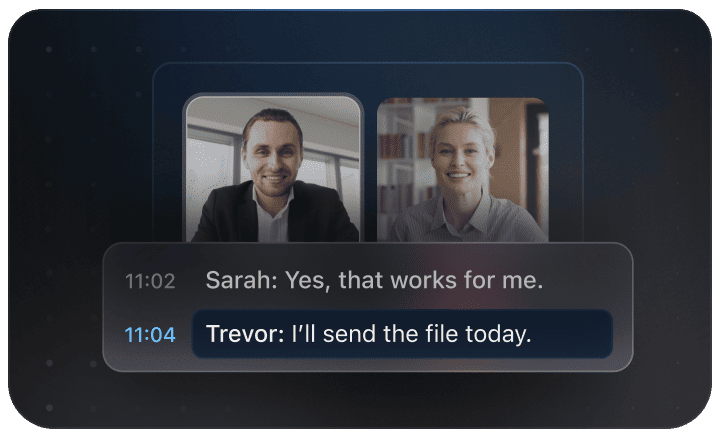
Why ClickUp Works for You
Accelerate Code Review and Deployment
- Break down intricate code discussions into precise tasks.
- Transform developer feedback into actionable tickets.
- Automatically compile deployment notes and progress summaries without lifting a finger.
Brain Max Boost: Instantly access previous commit histories, bug fixes, or code snippets across repositories.
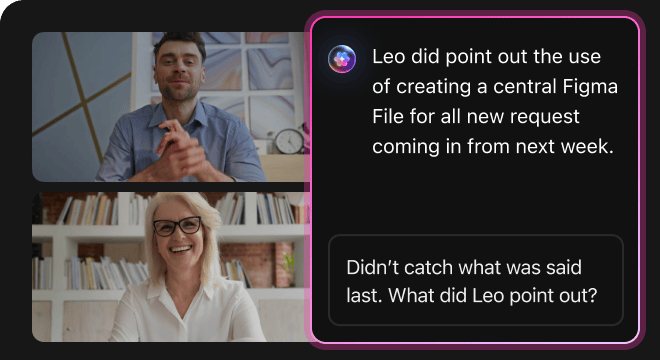
AI Advantages
How AI Prompts Elevate Every Phase of Coding Projects
AI prompts accelerate problem-solving and inspire innovative software development.
Instantly Generate Code Solutions
Developers explore diverse approaches quickly, enhance coding creativity, and overcome development blocks.
Enhance Code Quality and Decisions
Make informed coding choices, reduce bugs, and build software that meets user and compliance standards.
Identify Issues Early in Development
Prevents expensive debugging later, boosts code reliability, and accelerates release cycles.
Align Teams Across Development Stages
Improves communication, removes misunderstandings, and accelerates consensus among developers, testers, and product managers.
Drive Innovation in Software Design
Encourages inventive features, supports cutting-edge solutions, and keeps your projects competitive.
Integrated AI Support Within ClickUp
Transforms AI suggestions into actionable tasks that push your coding projects forward.
Speed Up Your Coding Workflow
Cut down bugs, simplify collaboration, and generate cleaner code with AI-powered support.





